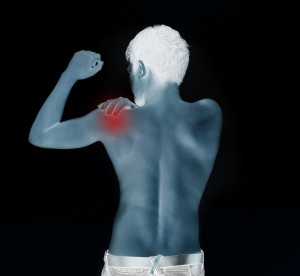Posted on August 05, 2016 by Jenny Cromack
Call The P.O.L.I.C.E!
Many of us will experience an injury in some shape or form, and will need to manage the initial symptoms of these injuries. Over the years we have been taught several acronyms to help with injury management and treat these acute injuries:
ICE – Ice, Compression, Elevation
PRICE – Protection, Rest, Ice, Compression, Elevation
These acronyms have become outdated and based on limited scientific evidence. Ice has been studied for it’s pain relieving effects, and potential effects on reducing inflammation. The reduction in inflammation however is now being questioned as it is a crucial part in the series of events that make up the healing process. The study of compression and elevation is very scarce within the research literature.
Protection and rest reduce the stress on our injuries and unload/restrict joint movement which has been shown to be required in the initial phases of injury to prevent any aggressive movements that may cause further trauma. The periods of immobilisation however is key, and needs to be optimal to avoid any weakening of the tissues, changes to biomechanics, and sub-optimal healing.
A recent update of the acute injury management acronym accounts for the risk of weakening the tissues through excessive immobilisation. This acronym is as follows:
POLICE – Protection, Optimal Loading, Ice, Compression, Elevation.
The inclusion of optimal loading allows controlled stress to be placed through the tissues which encourages them to heal, and better adapt to various loads and stresses. This minimises the risk of re-injury and a weakening of the injured tissues after healing.
So What Should You Do?
If you find yourself suffering injury and are wondering what to do here are my tips based upon POLICE:
- Protect – Unload the injured limb, avoid painful movements and minimise stress being placed through it for first 48 hours.
- Optimal Loading – Place progressive loads through it, start with unweighted simple movements, gentle stretches, and then start to put some light weight through it gradually as pain allows.
- Ice – Place an ice pack (bag of frozen peas) over the area for 15 mins every 2 hours (if possible) for the first 48 hours.
- Compression – Apply a compression bandage to support the area and help with comfort, swelling, and pain relief.
- Elevation – At every opportunity keep the injured limb elevated above the chest until any swelling subsides.
Hopefully you won’t get injured any time soon, but if so, we hope this helps with your injury management.


